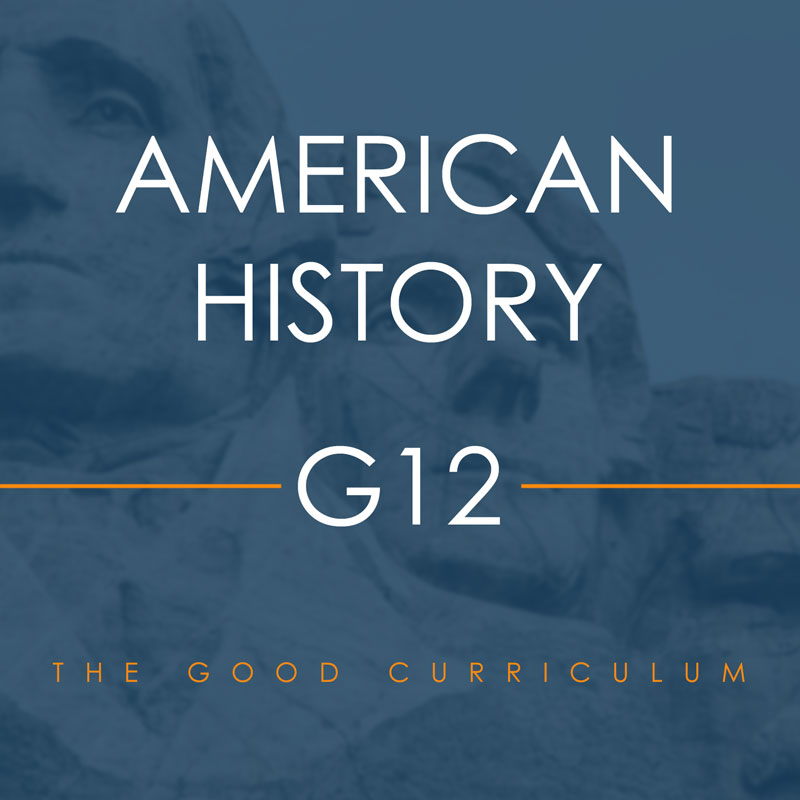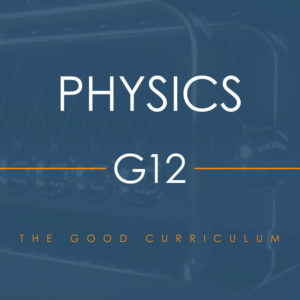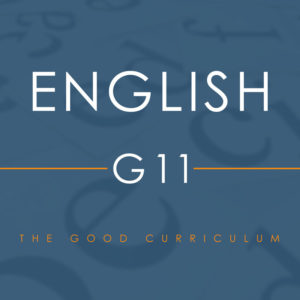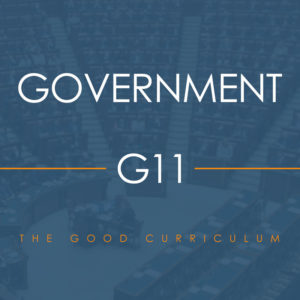Description
In no high school course is the bias against liberty greater than in the American history course.
I say this as someone with a Ph.D. in American history.
I knew this in 1960, when I took my first college-level course in American history. I knew this as soon as we got to the First Bank of the United States. If I had been better informed, I would have recognized that it had started much earlier.
In the Good Curriculum, this is a final year course. In creating it, I assume that the students have taken both courses in Western civilization, both courses in Western literature (which I teach), the course in economics (which I teach), and the course in government (I teach Government 1A). Without these courses, students will have no clear conception of the meaning of liberty and the institutional arrangements to preserve it and extend it. They will go off to college as lambs to be sheared.
This course begins with what no other American history course does: a map. The map is from 1531. It resides in the Library of Congress. It is on the website of the Library of Congress. It was virtually unknown before the Internet. Today, it is all over the Web. It challenges every textbook on history. Because it cannot be explained in terms of prevailing assumptions about world history, it is simply not discussed.
This is what historians do. When they cannot explain a document or artifact, they pretend that it does not exist. They pretend that readers will not discover it. That worked well before the World Wide Web. It does not work well today.
I teach students to consider what is officially impossible. I teach students to think, then dig deeper, then re-think.
This course requires students to read and analyze primary source documents. It requires them to read recent conventional opinions on historical figures, inventions, and events. It requires them to listen to my assessments of chronological developments in these areas: politics, law, economic history, and religious history. They must also look at maps. A lot is revealed by maps.
This course teaches students to consider the five W’s: what?, where?, when?, who?, and why? It also teaches them to consider this: how?
Always begin with this principle of interpretation: The winners write the textbooks. You had better know who won before you read any textbook.
In this course, there is no textbook.
This course should be taken at the same time as my English 12 course. Week by week, the materials parallel each other chronologically. They reinforce each other. There is no other American history course like this. The English 12 course is here.





Reviews
There are no reviews yet.